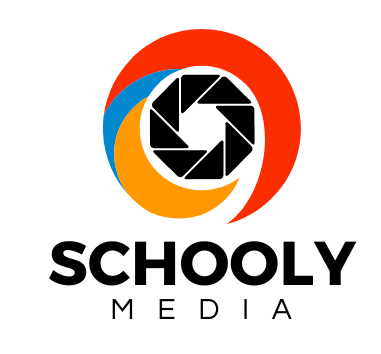Unconventional critical Thinking: An Academic Approach to Analytical and Innovative Approaches
In their journey through academia, students often encounter challenges that require more than just rote memorization or following prescribed paths.
The ability to think critically and creatively is not just a desirable skill but a necessary one in today’s rapidly changing world. Whether you’re navigating through complex assignments, tackling real-world problems, or simply seeking to broaden your perspectives, mastering the art of thinking outside the box can significantly enhance your educational experience and future career prospects.
“The true sign of intelligence is not knowledge but imagination.” – Albert Einstein

Understanding Critical Thinking
Critical thinking is the cornerstone of intellectual exploration. It goes beyond surface-level comprehension to analyze, evaluate, and synthesize information.
It empowers students to ask probing questions, challenge assumptions, and seek evidence to support their conclusions. This skill is crucial across all disciplines, from sciences to humanities, as it fosters a deeper understanding and encourages reasoned judgment.
Imagine you’re faced with a challenging essay topic in literature. Instead of summarizing the text, critical thinking prompts you to explore underlying themes, question character motivations, and interpret symbolism. This approach not only enriches your analysis but also hones your ability to articulate complex ideas effectively.
Embracing Creativity: Think Outside the Box
Creativity complements critical thinking by enabling students to generate innovative solutions and ideas. It involves breaking away from conventional thought patterns and exploring unconventional avenues. Whether you’re designing an engineering project, crafting a piece of art, or conceptualizing a business plan, creativity sparks originality and adds a unique flair to your work.
“Thinking outside the box allows you to discover possibilities beyond the ordinary.” – b.kumar
Think of creativity as the fuel that propels your ideas forward. It encourages experimentation and embraces the possibility of failure as a stepping stone to success. By embracing creativity, students cultivate resilience and adaptability, crucial qualities in an ever-evolving job market.

Practical Strategies for Cultivating Critical Thinking and Creativity
Here are some actionable strategies to enhance your ability to think critically and creatively: Think Outside the Box
- Ask Thought-Provoking Questions:
- Challenge yourself to delve deeper into the subject matter.
- Example questions: What are the implications of this theory? How does this historical event impact current affairs?
- Seek Diverse Perspectives:
- Engage in discussions with peers from different backgrounds.
- Diversity of thought fosters innovation and broadens your understanding of complex issues.
- Practice mindfulness and reflection.
- Take time to reflect on your learning journey.
- Evaluate which strategies have been effective and how you can improve your approach to problem-solving.
- Encourage interdisciplinary learning.
- Draw connections between seemingly unrelated subjects.
- Cross-pollination of ideas often leads to breakthroughs in creativity.
- Embrace Failure as a Learning opportunity.
- Don’t be discouraged by setbacks.
- Analyze what went wrong, adjust your approach, and persevere with newfound insights.
By integrating these strategies into your academic and personal pursuits, you can cultivate a mindset that embraces both critical thinking and creativity. These skills will not only enhance your academic performance but also prepare you for success in a rapidly changing world where adaptability and innovation are highly valued.
The Impact Beyond Academia
Mastering critical thinking and creativity transcends academic achievement; it prepares you for a dynamic and unpredictable future. Employers value individuals who can think independently, adapt to change, and innovate in the face of challenges.
By honing these skills during your academic journey, you’re equipping yourself with invaluable tools that will serve you well in your professional endeavors and beyond.

“You can’t use up creativity. The more you use, the more you have.” – Maya Angelou
Conclusion
As you embark on your educational journey, remember that thinking outside the box is not just a skill but a mindset—a willingness to explore, challenge, and create.
By integrating critical thinking and creativity into your learning process, you’re not only enhancing your academic performance but also preparing yourself to navigate the complexities of the modern world with confidence and ingenuity.
Embrace the opportunity to think differently, and you’ll discover endless possibilities waiting to be explored.
Let your curiosity guide you, and dare to think beyond the boundaries of convention. The future belongs to those who are willing to think outside the box.
Think Outside the Box






